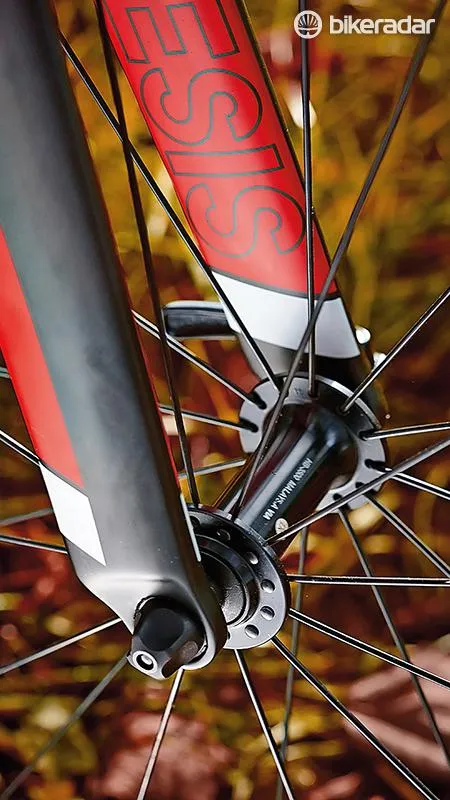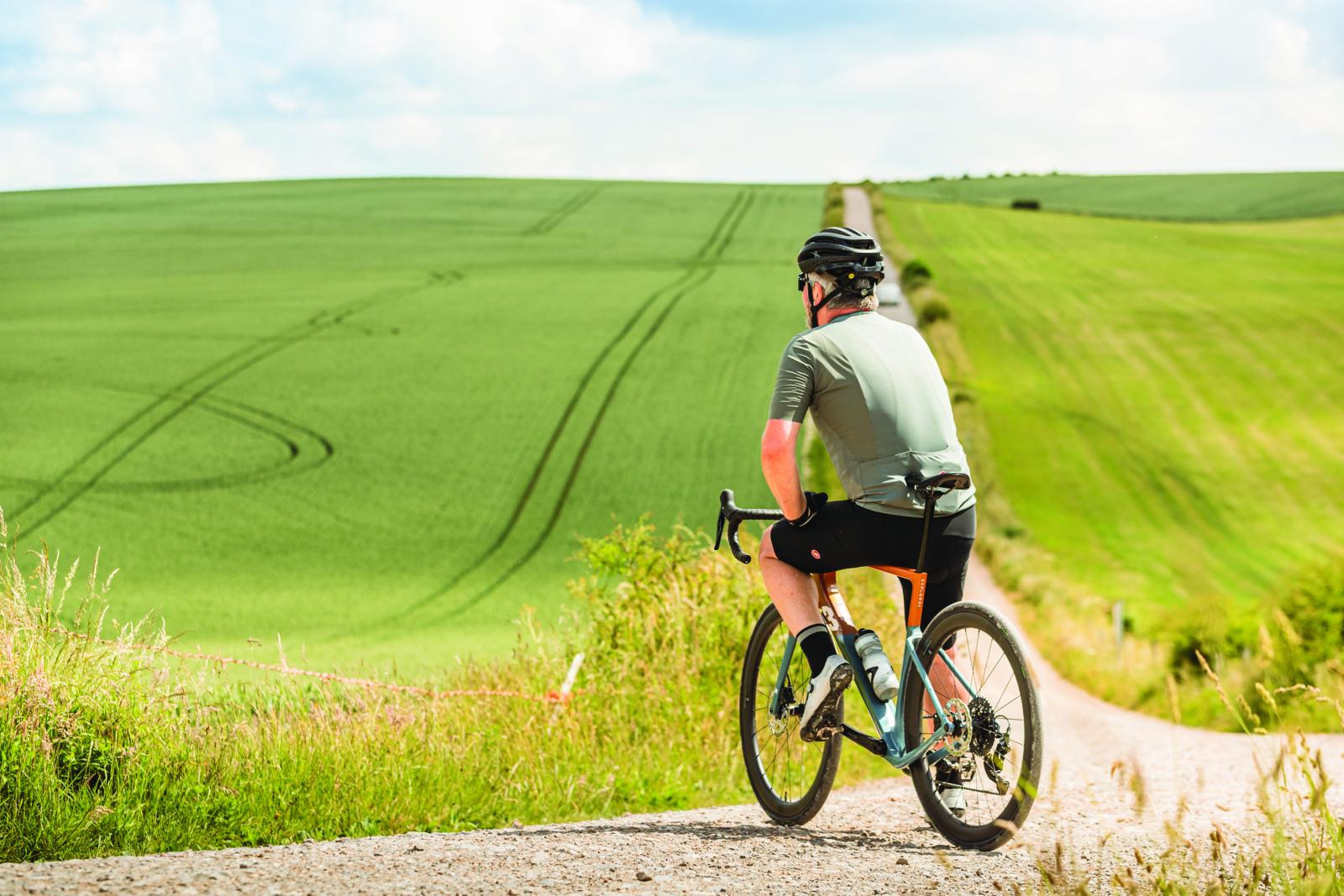Until earlier this year Team Madison Genesis riders stood out from their competitors thanks to their steel Volare bikes. But that crit-style machine doesn’t dovetail with the team’s more ambitious plans to compete in bigger stage races with more mountainous stages – which is why Madison launched its Zero Team bike at this year’s Tour of Britain. Fortunately for us, the Zero is now available in six versions, topping out with the Team and starting with this much more modestly priced Shimano Tiagra-equipped .1 model.
- Highs: Brilliant frameset, great ride
- Low: Saddle quality is a letdown
Even more fortunately for us, this shares exactly the same 950g chassis as the Zero Team. Whereas a lot of manufacturers use the same mould for their high-end bikes and more mainstream machines, albeit with lower spec carbon for the cheaper ones, all six Zero models feature the same high-grade 24/30 ton unidirectional carbon. Both fork and frame have carbon dropouts, and the frame is fully futureproofed too, with routing for both mechanical and electronic drivetrains.
Further bang-up-to-date touches include the use of Kamm-tail tube shapes. This is a truncated aerofoil profile that stays within the UCI’s rules while still offering aerodynamic benefits. The sculpted fork crown flows into the head tube and down tube to create smooth, clean lines. The oversized bottom bracket shell houses a BB86 press-fit design for ample stiffness, while the pencil-thin seatstays add rear-end flex. A further nod to comfort is the use of a 27.2mm round seatpost rather than a more aerodynamic design that would complement the aero flourishes elsewhere.
As befits a bike with competitive aspirations, the riding position is race orientated with a steep 73.5-degree head angle and a long top tube. But the designers have made some concessions to the endurance rider. Compared with the more aggressive Volare, the Zero’s head tube has been seriously heightened and the wheelbase lengthened a fraction. That makes the Zero’s handling less sharp than the Volare’s, but it is beautifully balanced and composed and we love the way it descends – its long position encouraging in-the-drops aggressive riding. Get up on the hoods on rolling terrain and this is a bike for covering big miles quickly.
To hit the price point, the kit is necessarily modest. But as we’ve discovered testing less expensive bikes, 10-speed Tiagra works very well, with a light, smooth action. The compact chainset and 12-28 cassette form a hill-friendly combination, and the Zero’s overall weight – a shade over 9kg – is good for the price too.
The wheels pair Mach 1’s French-made Versus rims and basic but decent quality Shimano hubs. They’re stiff enough, drama free and pretty much what we’d expect at this price. The alloy cockpit is stiff and unforgiving, but the frame’s smoothness counters this. Our only issue was with the saddle – the shape is comfortable enough, but ours had poorly fitting rails that clicked constantly and it developed an annoying shimmy after a few hours.
The Zero is a brilliant chassis, swift, comfortable and fantastic fun to ride – and even the .1’s basic spec can’t mask its charms. If your budget can’t stretch to the Shimano 105-equipped Zero .2, we’d recommend this any day of the week. And if you’re a tinkerer who likes to upgrade we can think of very few better places to start…





